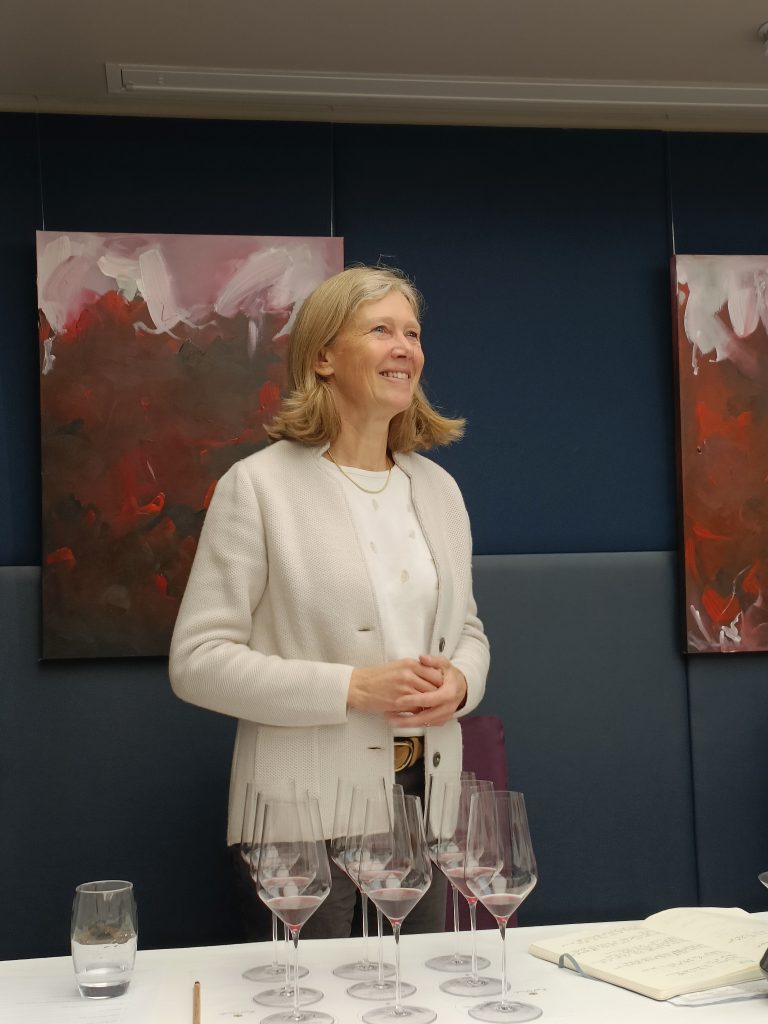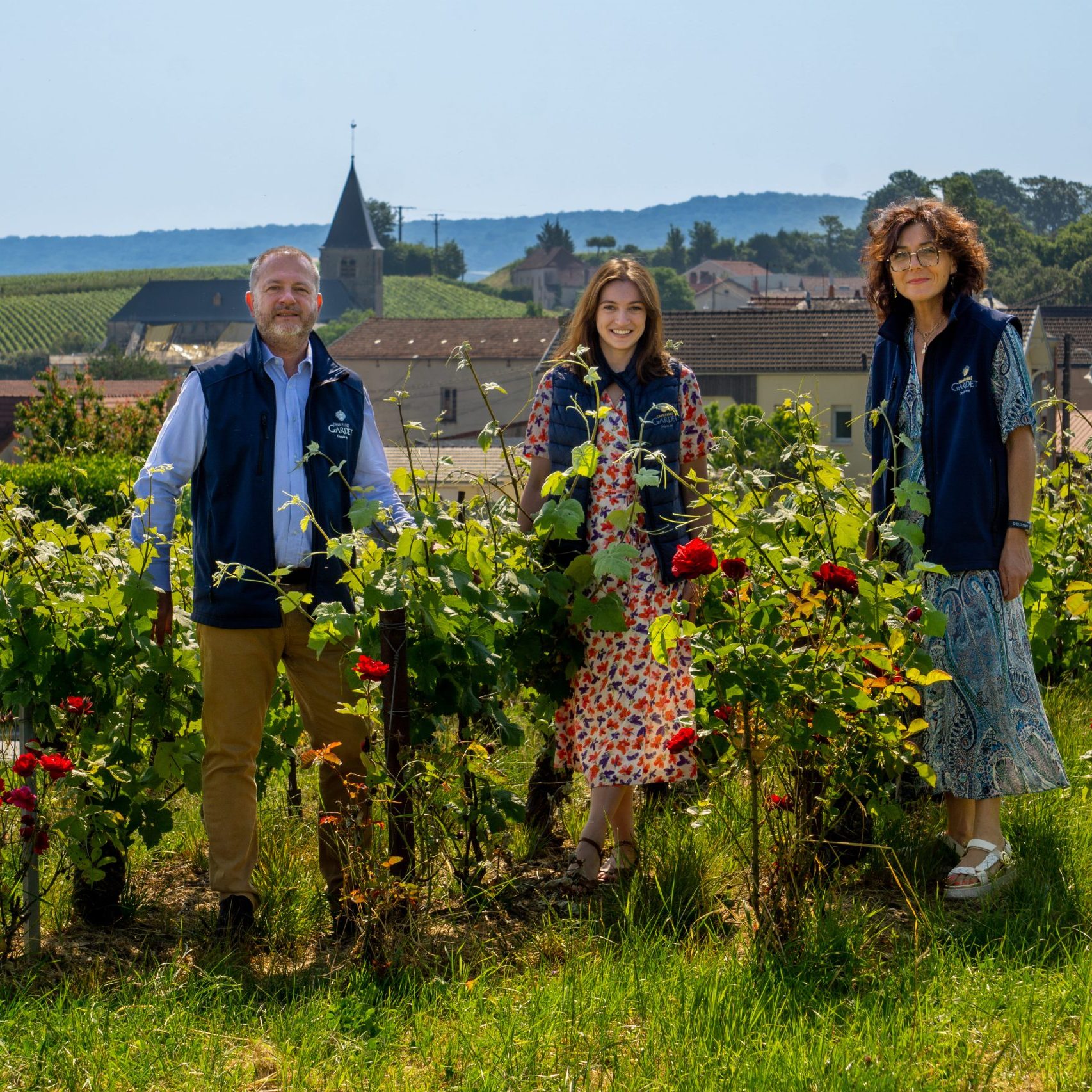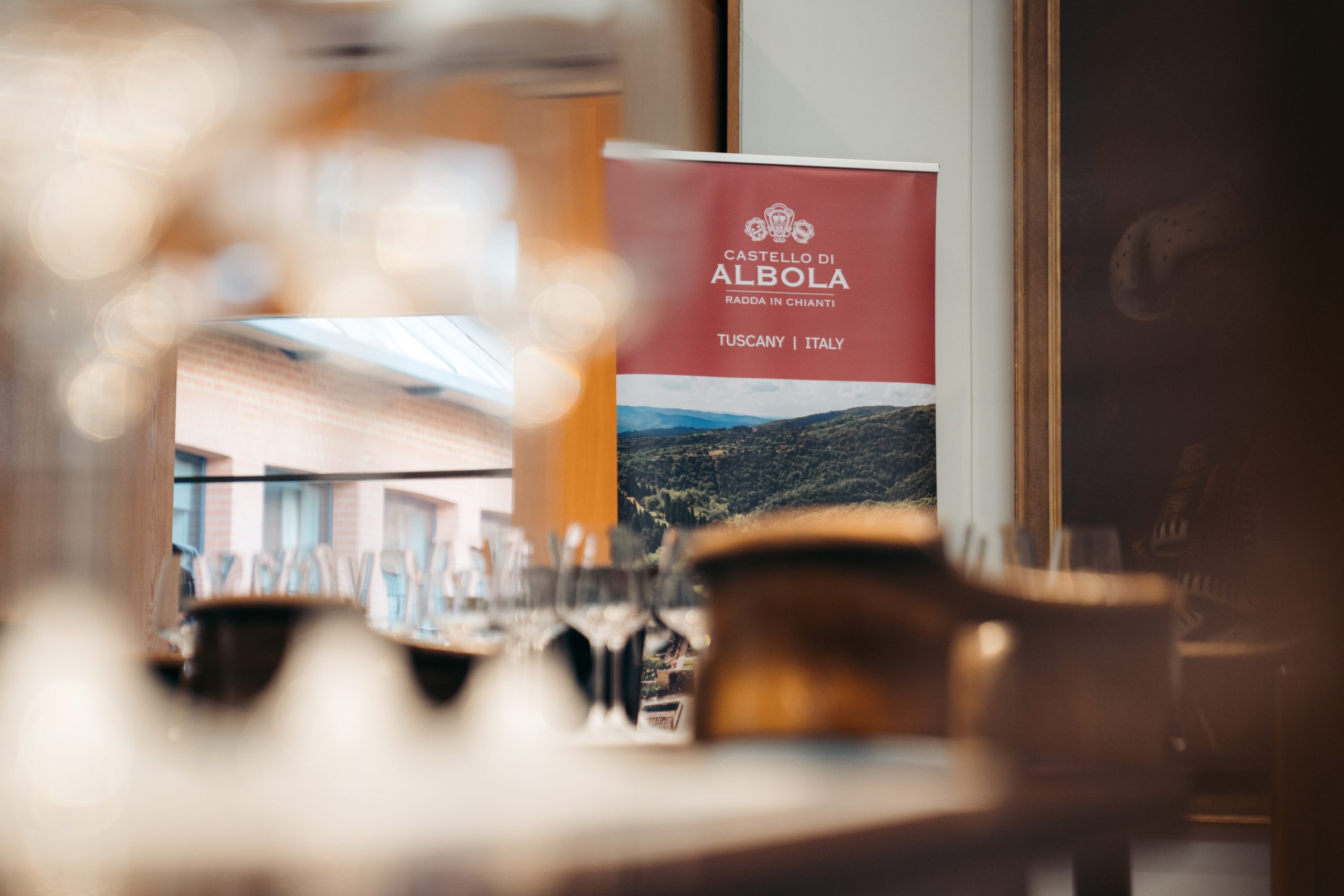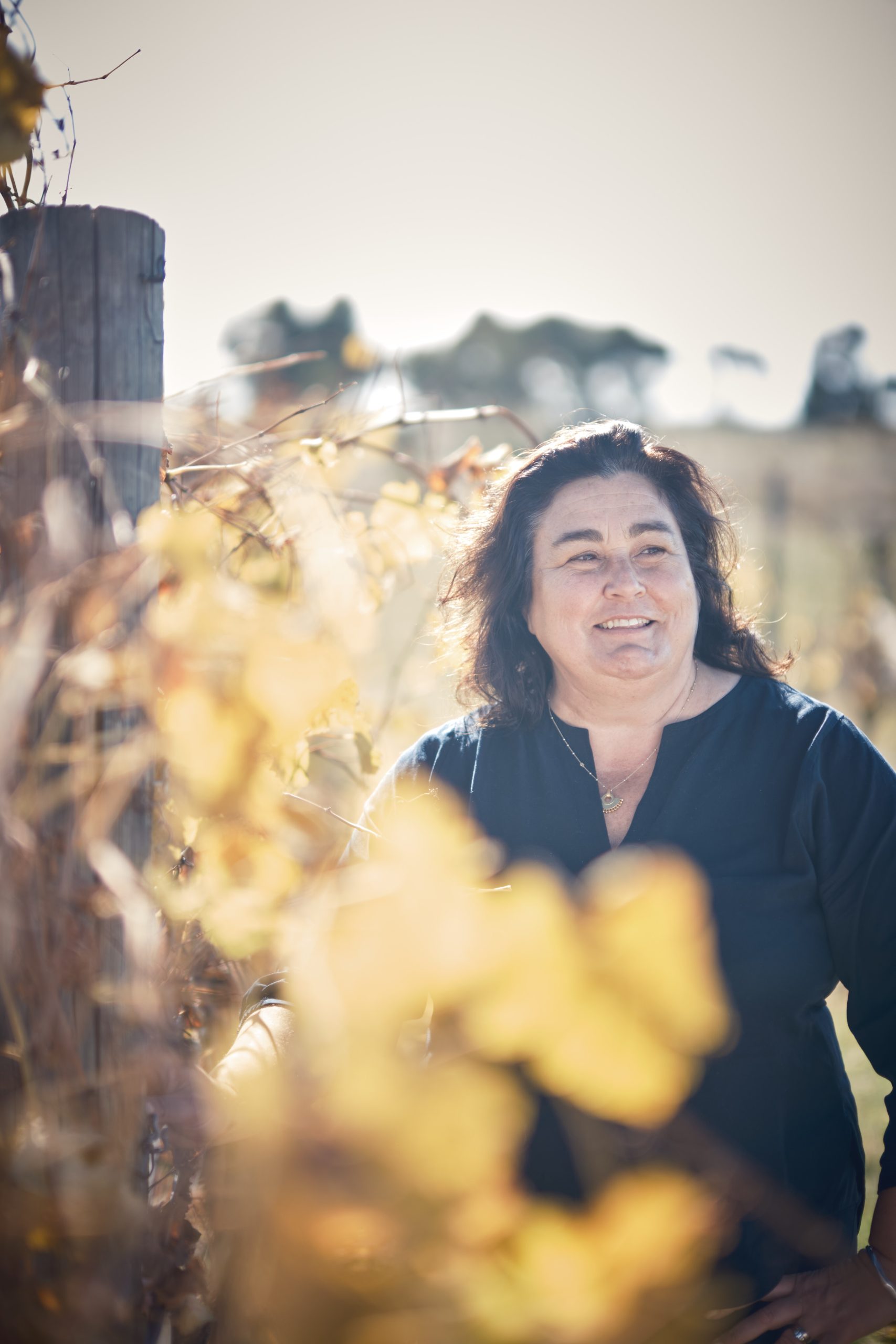Drouhin: Burgundy prices likely to ‘settle’, producer argues
The cost of Burgundy is likely to stabilise on the back of two generous and high-quality vintages, according to Maison Joseph Drouhin’s winemaker and co-owner, Véronique Boss-Drouhin.

Speaking to the drinks business at a recent tasting, Boss-Drouhin said she thought that the price of Burgundy had likely peaked.
“I don’t like the fact that prices of Burgundy has become so high,” she said, adding that it had happened “a while ago” that estates had come from nowhere and increased on the secondary market.
“The auctioneers haven’t been helping,” she said. “It juts puts the fire on the straw, but the fire is under control”.
She argued that with two generous and good quality crops in a row, “we will see a stabilisation of prices and a bit of shift down for the appellation.”
“The Grand Cru are still very small, and demand remains – but I think we’ve really had a peak and I sense a shift for more reasonable [pricing],” she said.
Next month will see the launch of Burgundy’s en primeur campaign, which is expected to sell well, due to the quality and quantity of the vintage.
Boss-Drouhin said she said she was “a big advocate” for entry level or “more modest appellations” – and that people should have a greater awareness of them.
“I think people need to know that Burgundy is still accessible with some of the appellation that are not so well known that investors are not looking out yet and investing into.”
Partner Content
She pointed to Saint Romain as a great example, where Maison Joseph Drouhin has recently bought a property, noting that in addition to being “super delicious”, it was consistent and “at a price that is available,” she said.
In addition, Saint Romain is the highest village of the Cote d’Or “and with the global warming it’s a very nice thing to have vineyard that are a bit on the cooler side”, she said.
“I’m a bit advocate to get people to know about these,” she said.

Generous vintage
Speaking about the most 2022 vintage, she said that 2022 was “an interesting year”, which she summarised as “generous and magnifique”.
The vines got off to a “beautiful start” with a mild winter, followed by a cold April (there was a risk of frost, but luckily very little was affected) and a warmer May, which led to “unbelievable growth”, followed by rain in June that helped the vines, even though it made it harder for the teams to go into the vineyards. Heat spikes in July and August were followed by rain but Boss-Drouhin noted that this was not consistently across the region, with some villages receiving a lot, and other far less.
“What happened was that the heat was so high, the vines stopped their maturation, and when the vines get water, they continue – but that depends on where you got the rain,” she explained.
This also had a knock-on effect in the picking times, she said, with those that saw more rain picked later.
Related news
Ricky Gervais demands Barossa red on his tour rider




